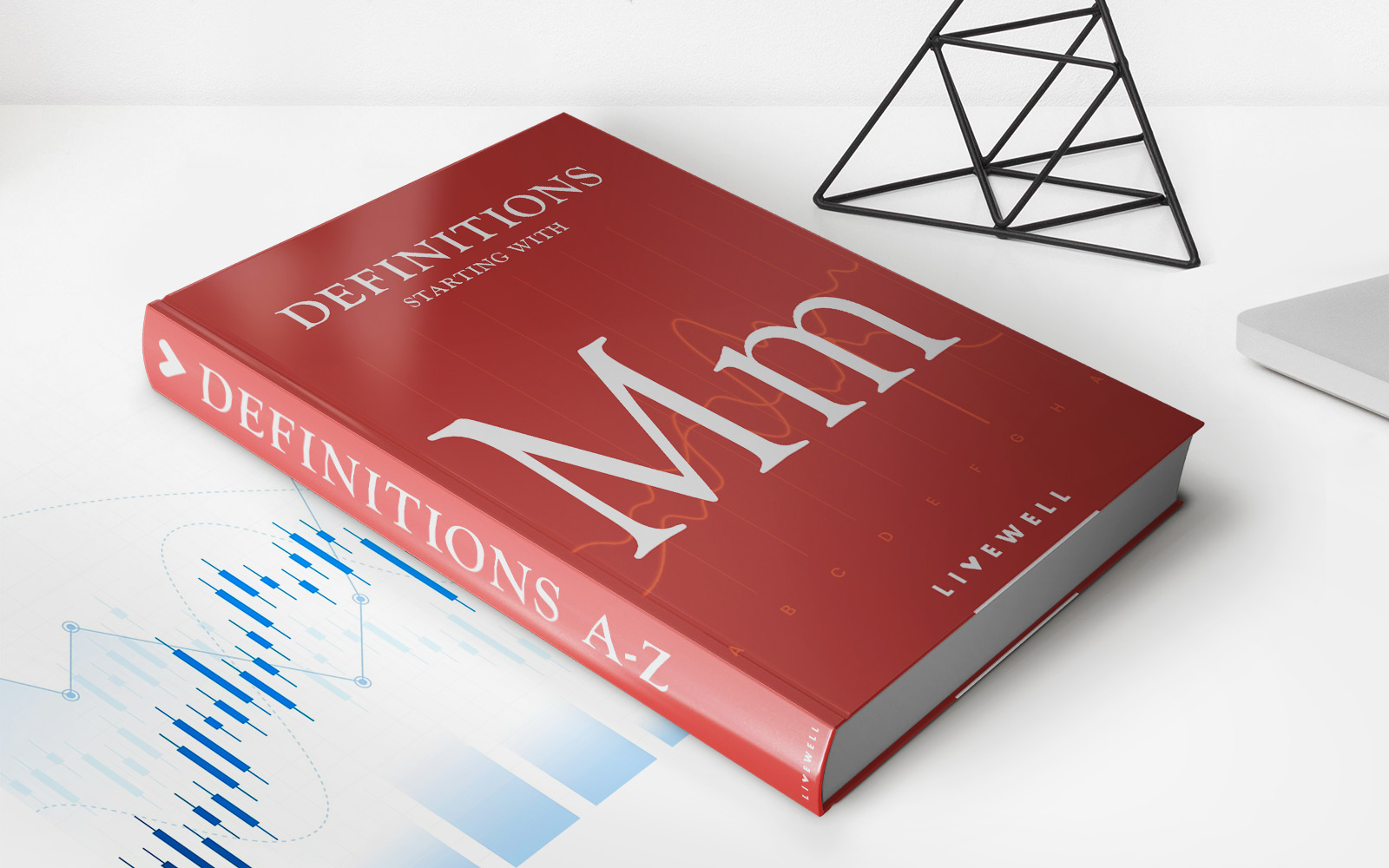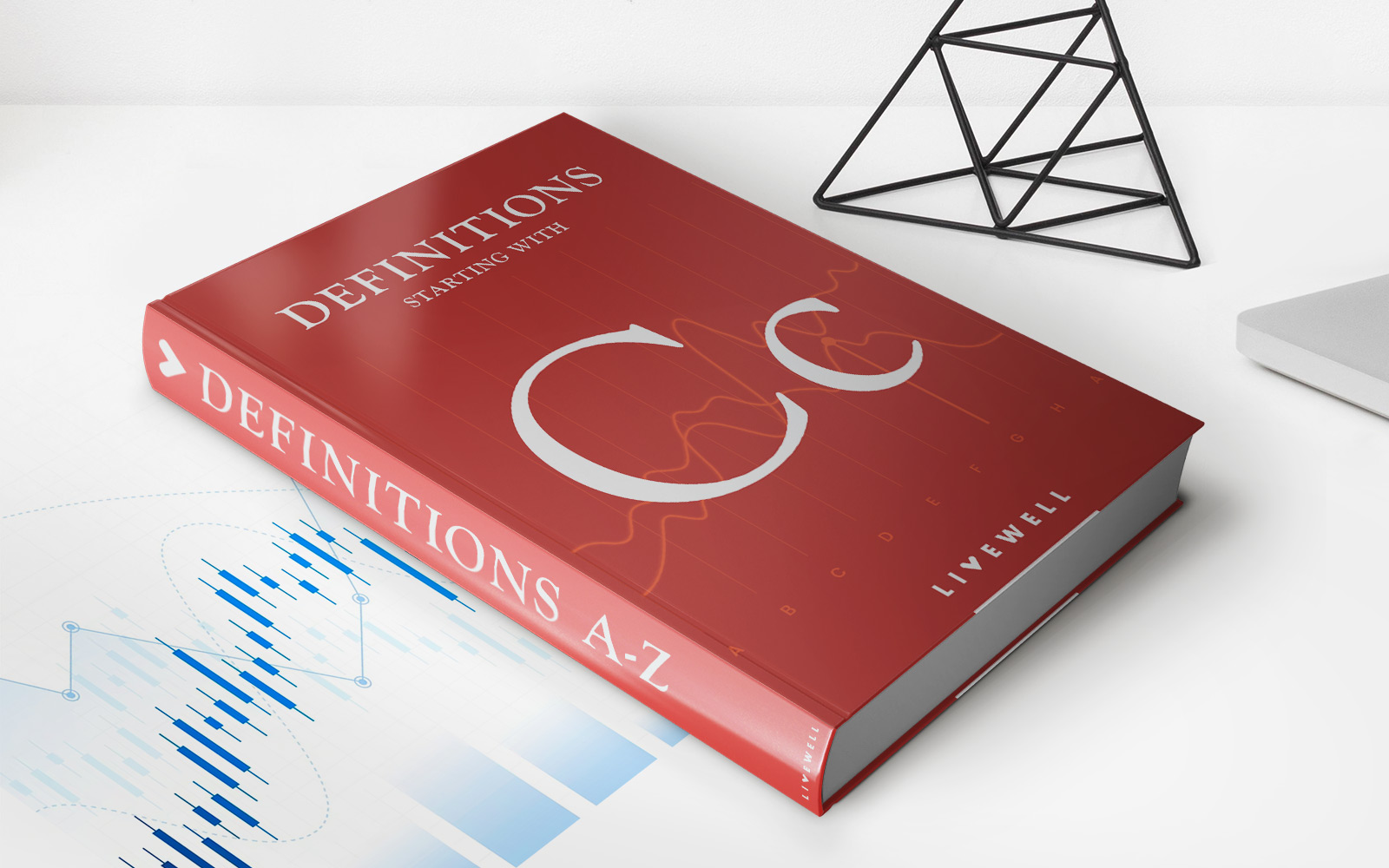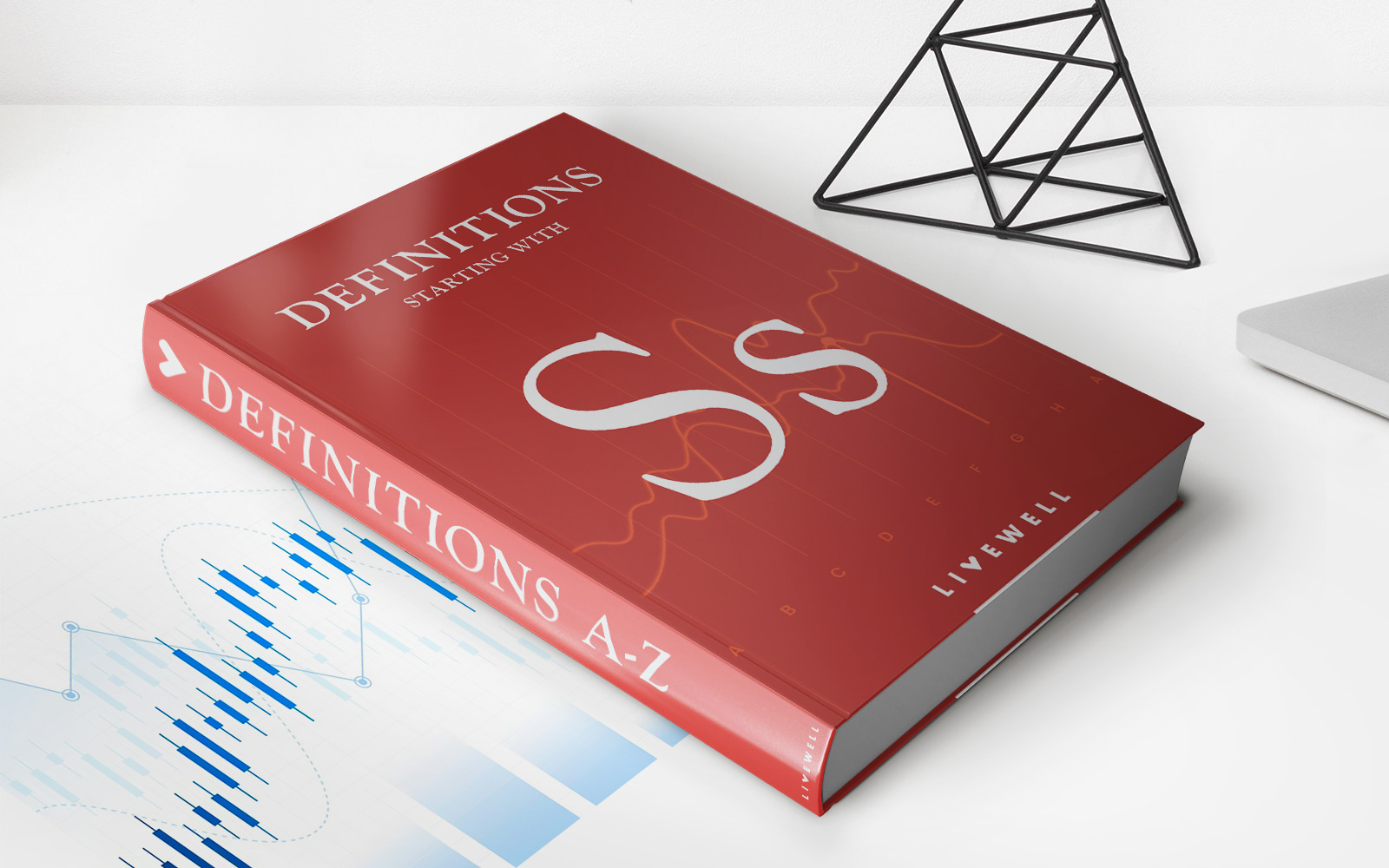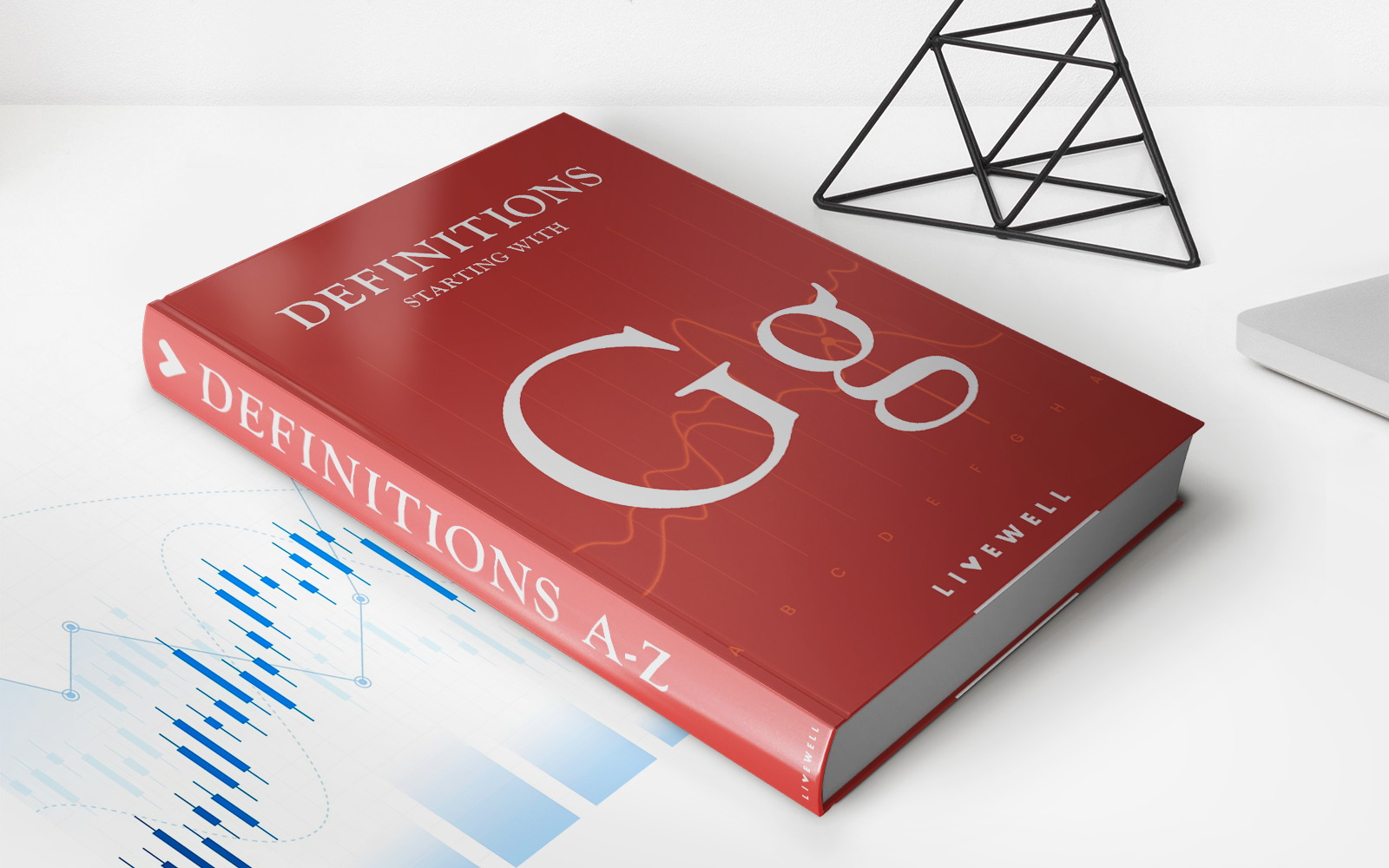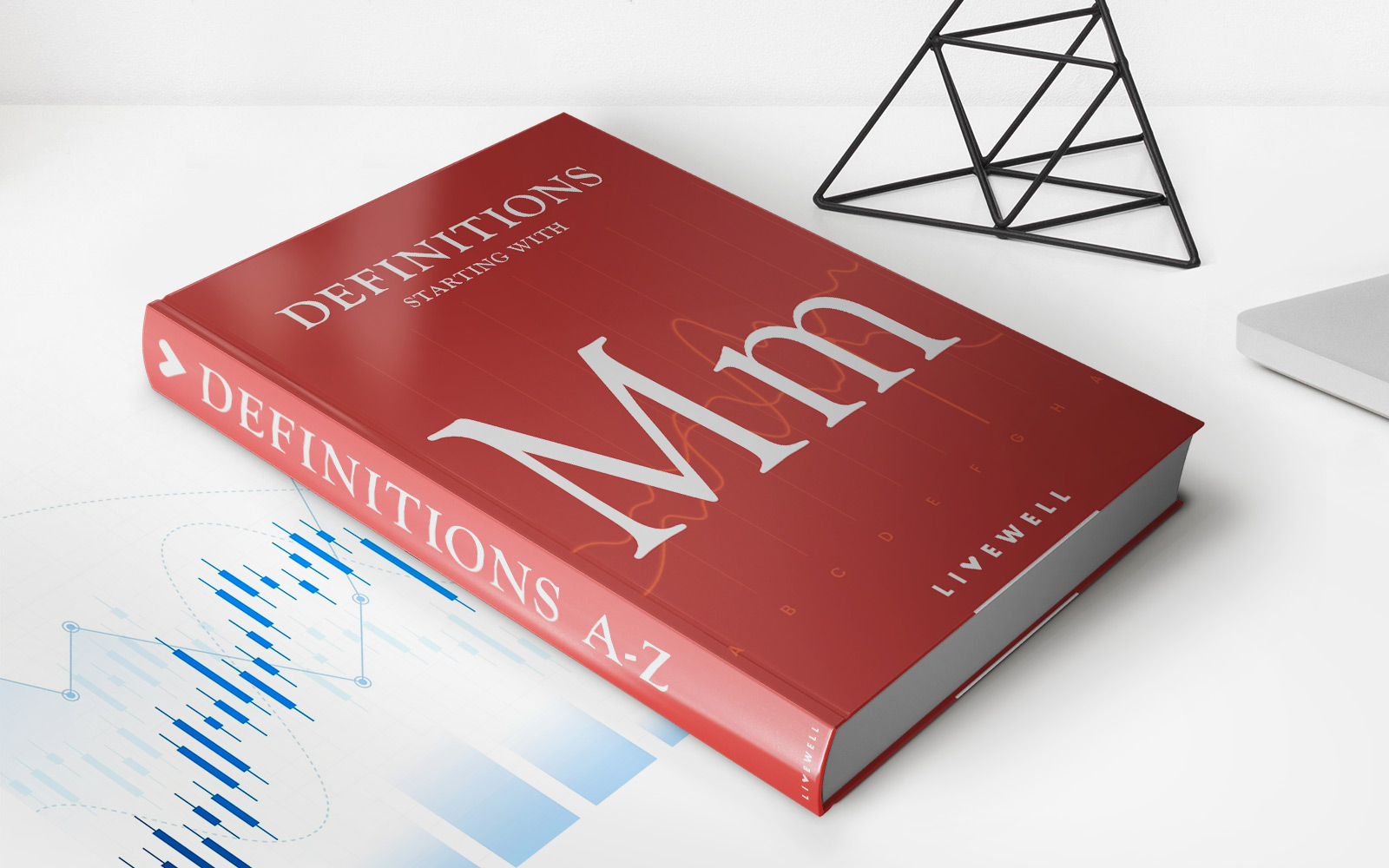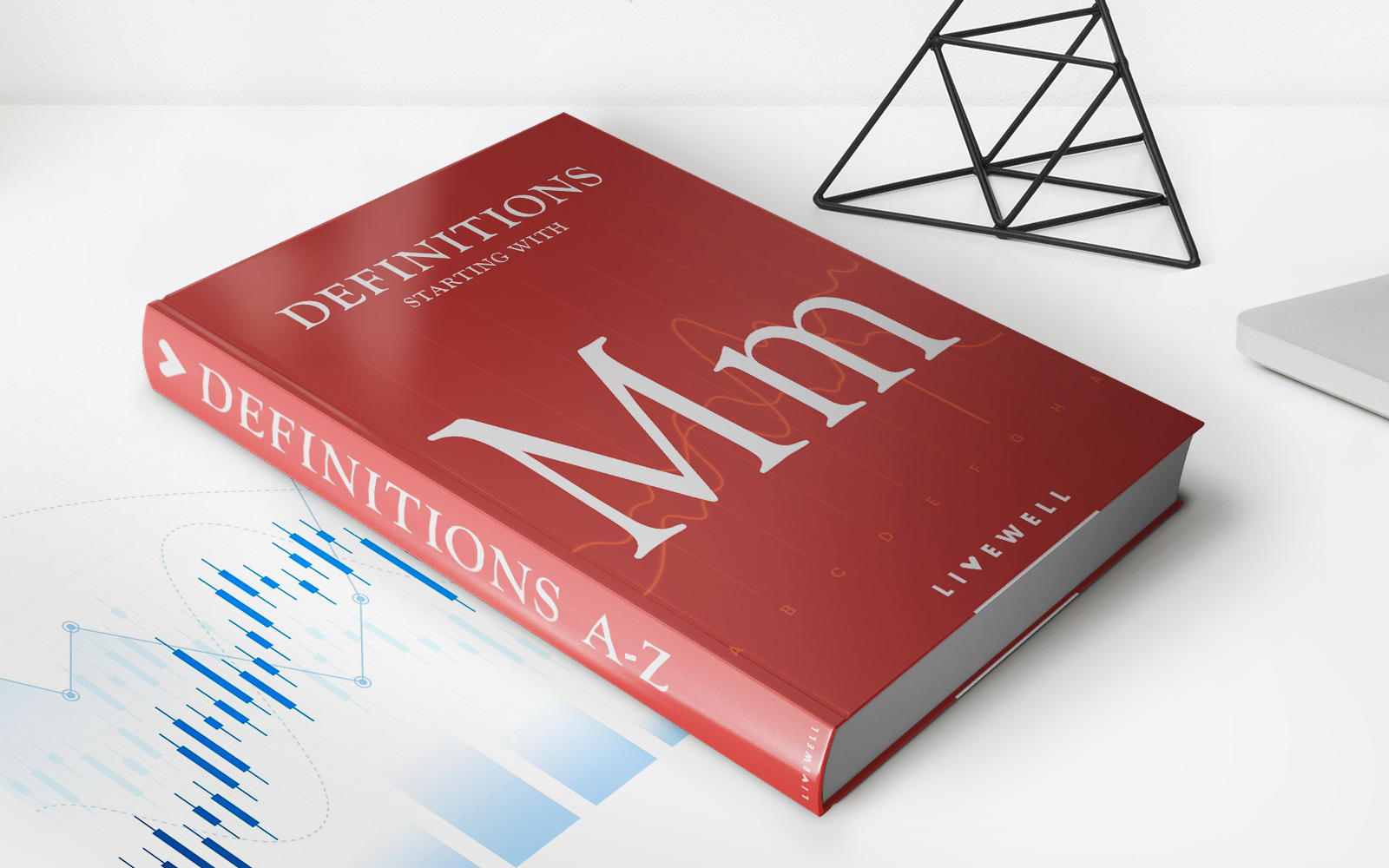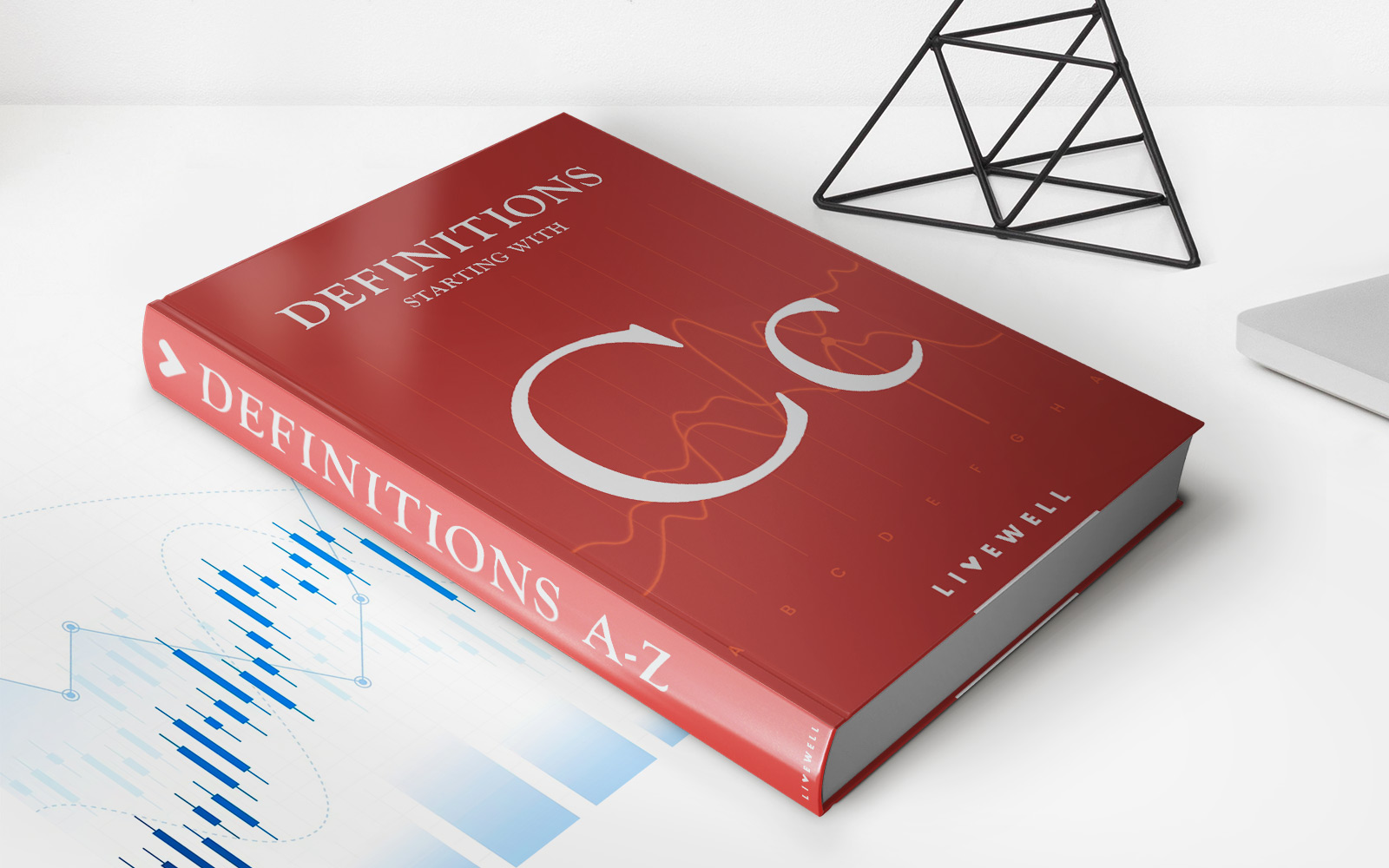Home>Finance>Beneish Model: Definition, Examples, M-Score Calculation
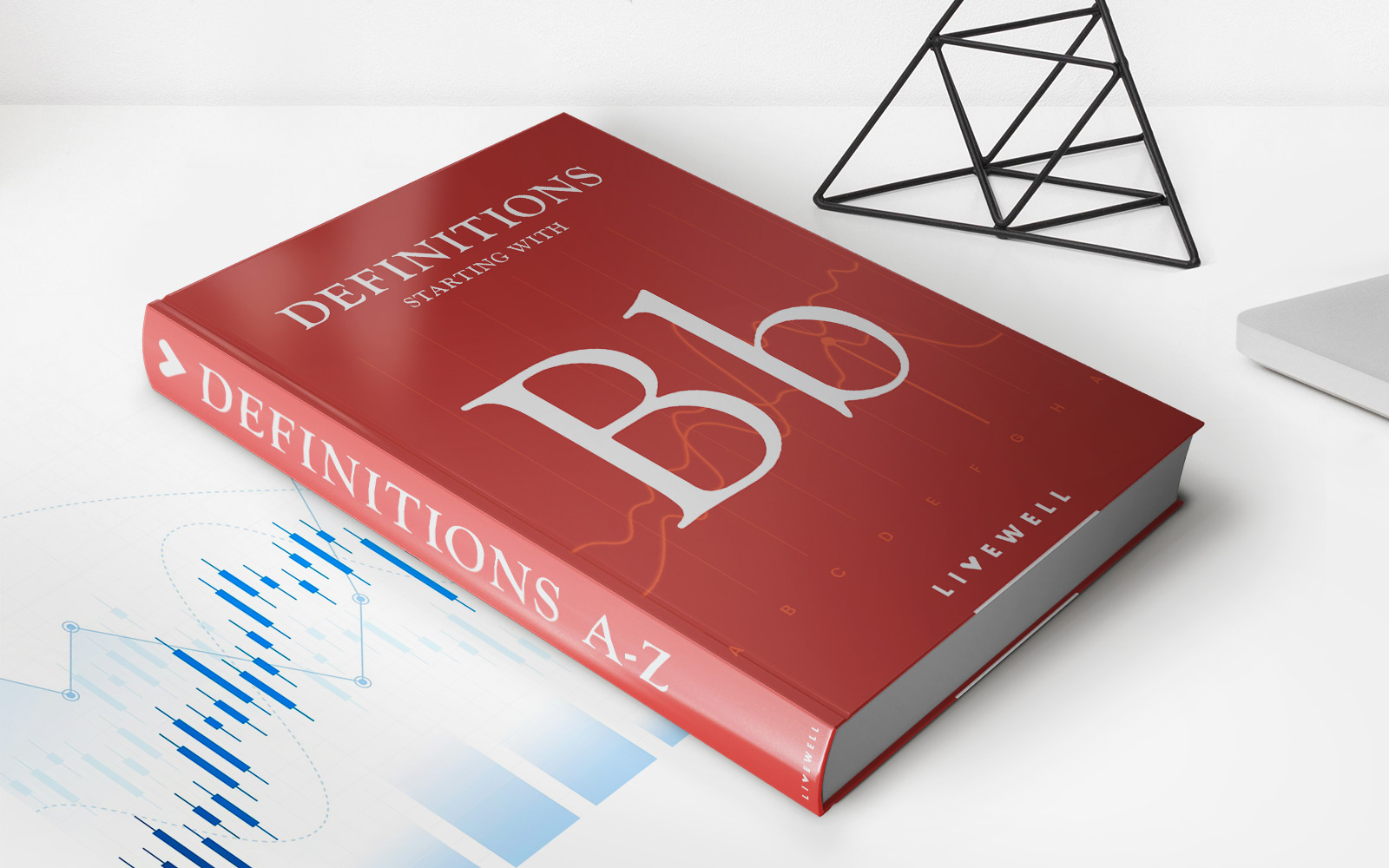

Finance
Beneish Model: Definition, Examples, M-Score Calculation
Published: October 15, 2023
Learn about the Beneish model in finance, its definition, examples, and how to calculate the M-Score. Enhance your financial analysis skills with this comprehensive guide.
(Many of the links in this article redirect to a specific reviewed product. Your purchase of these products through affiliate links helps to generate commission for LiveWell, at no extra cost. Learn more)
Unlocking the Secrets of Financial Analysis with the Beneish Model
Welcome to our Finance blog category, where we dive deep into all things related to finance and help you navigate the complex world of numbers and monetary decisions. In this blog post, we are going to explore the Beneish Model, its definition, examples, and how to calculate the M-Score. So, whether you’re a finance student, an investor, or simply curious about financial analysis, this article is for you!
Key Takeaways:
- The Beneish Model is a powerful tool used to detect potential earnings manipulation in financial statements.
- The M-Score, calculated using the Beneish Model, helps analysts determine the likelihood of financial statement manipulation.
What is the Beneish Model?
The Beneish Model, developed by Professor Messod D. Beneish, is a statistical method used by financial analysts to detect potential earnings manipulation in financial statements. It is a valuable tool for evaluating the credibility and integrity of a company’s reported financials.
The model assesses the likelihood of financial misrepresentation using a combination of financial ratios and other accounting variables. It compares a company’s financial data to a pre-defined threshold, enabling analysts to identify potential red flags that may indicate manipulation.
Examples of Potential Earnings Manipulation
Companies may engage in earnings manipulation tactics to present a rosy financial picture and deceive investors or stakeholders. Here are some common examples you should be aware of:
- Booking fictitious revenue: Inflating revenue figures by recording nonexistent sales or prematurely recognizing sales.
- Accelerating expenses: Manipulating accounting practices to increase expenses, thus reducing reported profits.
- Improper capitalization of expenses: Classifying expenditures as assets to artificially inflate the company’s financial position.
- Masking liabilities: Hiding or understating debt obligations to make the company’s financial health appear better than it is.
Calculating the M-Score Using the Beneish Model
The M-Score, also known as the Manipulation Score, is a key output of the Beneish Model. It assigns a numerical value to a company, indicating the likelihood of financial statement manipulation. Here’s a simplified version of how the M-Score is calculated:
- DSRI: Days’ Sales in Receivables Index is calculated by dividing net receivables at the end of the period by average daily net sales.
- GMI: Gross Margin Index measures the company’s gross margin relative to its industry peers.
- AQI: Asset Quality Index captures deviations in non-current assets and other red flags related to asset quality.
- SGI: Sales Growth Index compares the company’s revenue growth relative to its industry peers.
- DEPI: Depreciation Index assesses the deviation between the company’s depreciation and its industry peers.
- SGAI: Sales, General & Administrative Expenses Index measures the company’s SG&A expenses relative to its industry peers.
- TATA: Total Accruals to Total Assets ratio calculates the proportion of accruals relative to the company’s total assets.
By combining these ratios and variables into a formula, the Beneish Model calculates the M-Score. Analysts can then interpret the score to determine the likelihood of earnings manipulation. Higher scores indicate a higher probability of manipulation, while lower scores indicate a lower probability.
Wrap Up
The Beneish Model provides analysts with a powerful tool to identify potential financial statement manipulation. By analyzing key ratios and variables, the M-Score can help evaluate a company’s financial integrity. Understanding the Beneish Model and its applications is crucial for investors, analysts, and anyone involved in financial decision-making.
So, the next time you’re analyzing financial statements, keep the Beneish Model in mind. It could be the key to uncovering hidden agendas and making more informed financial decisions.
